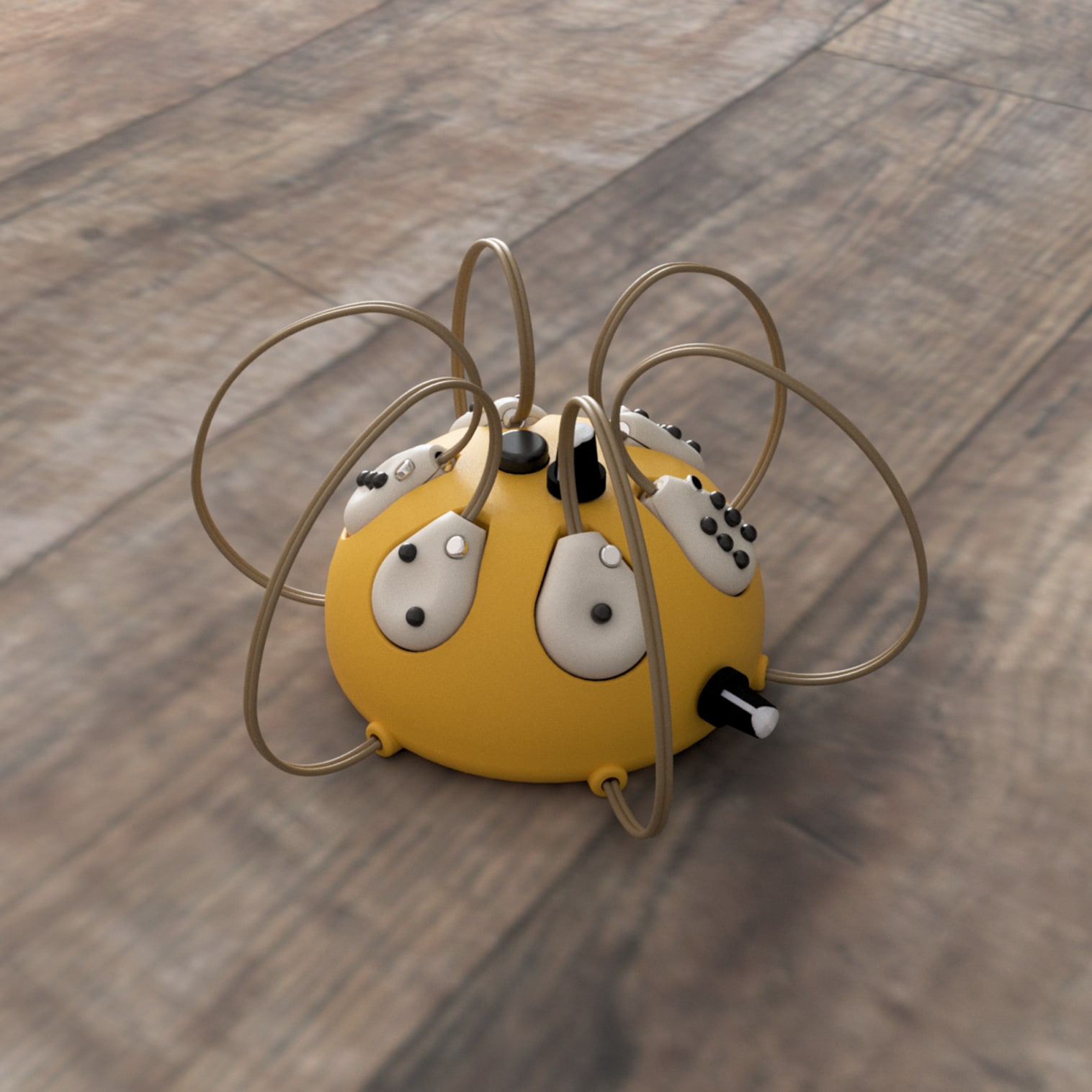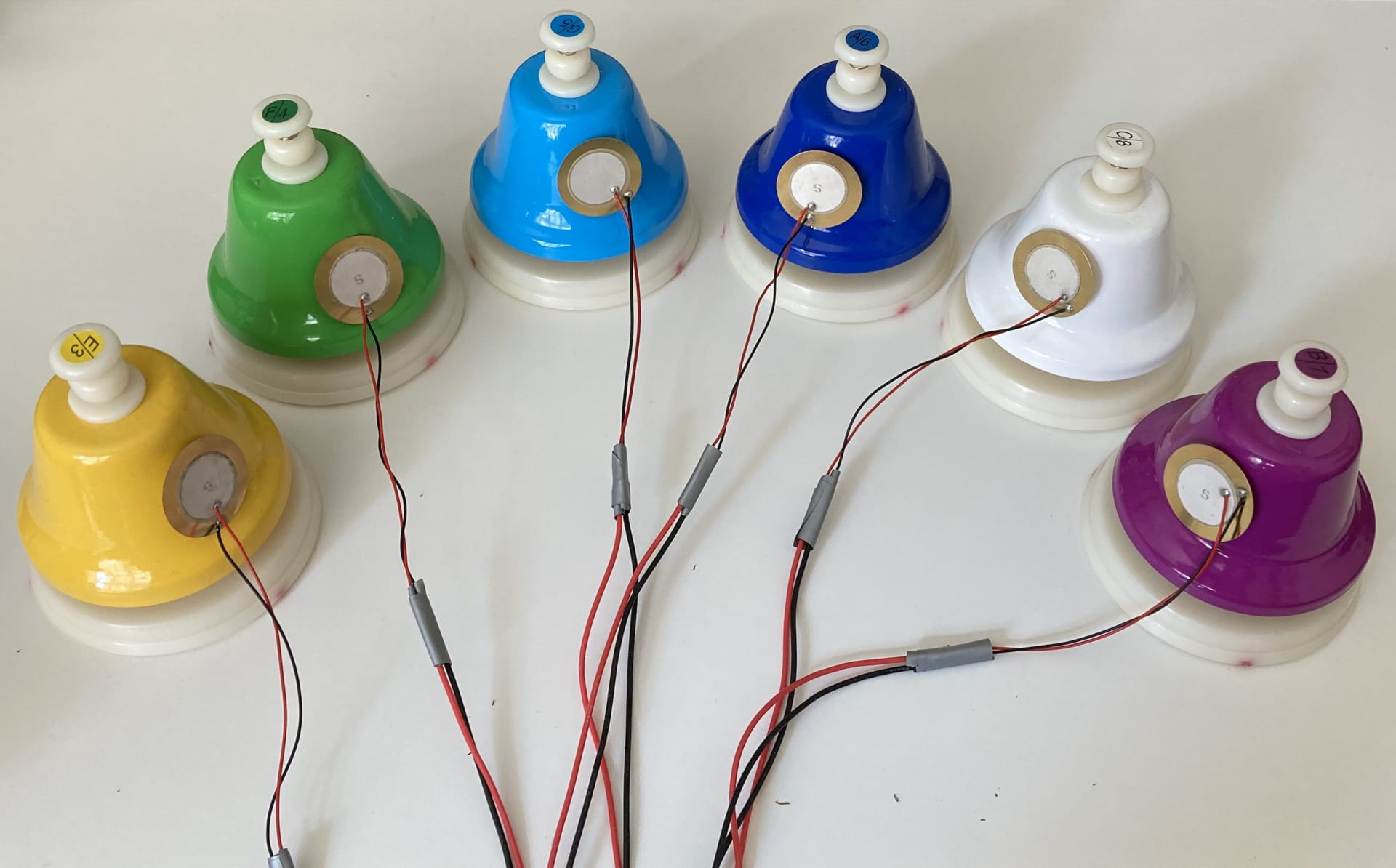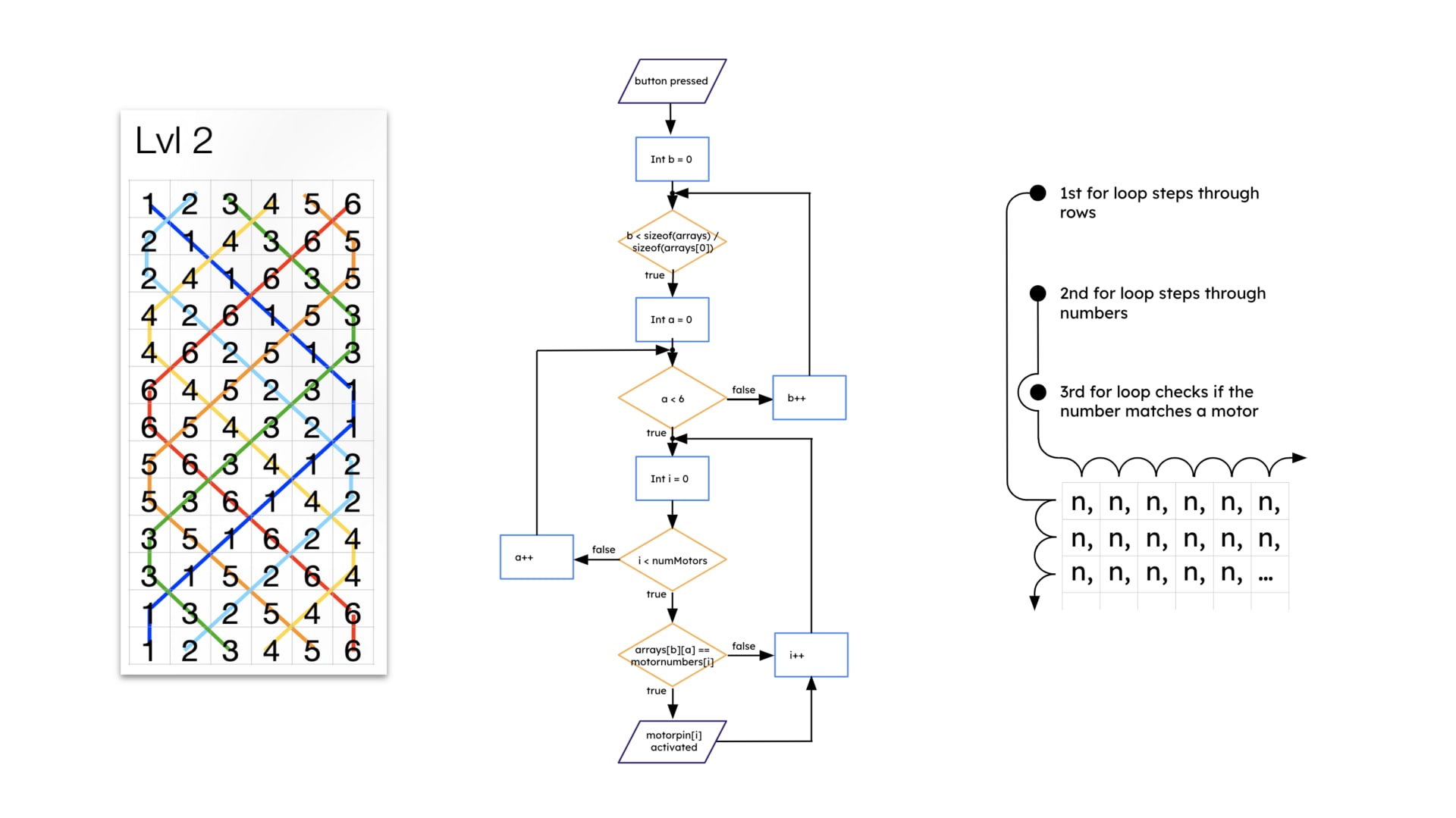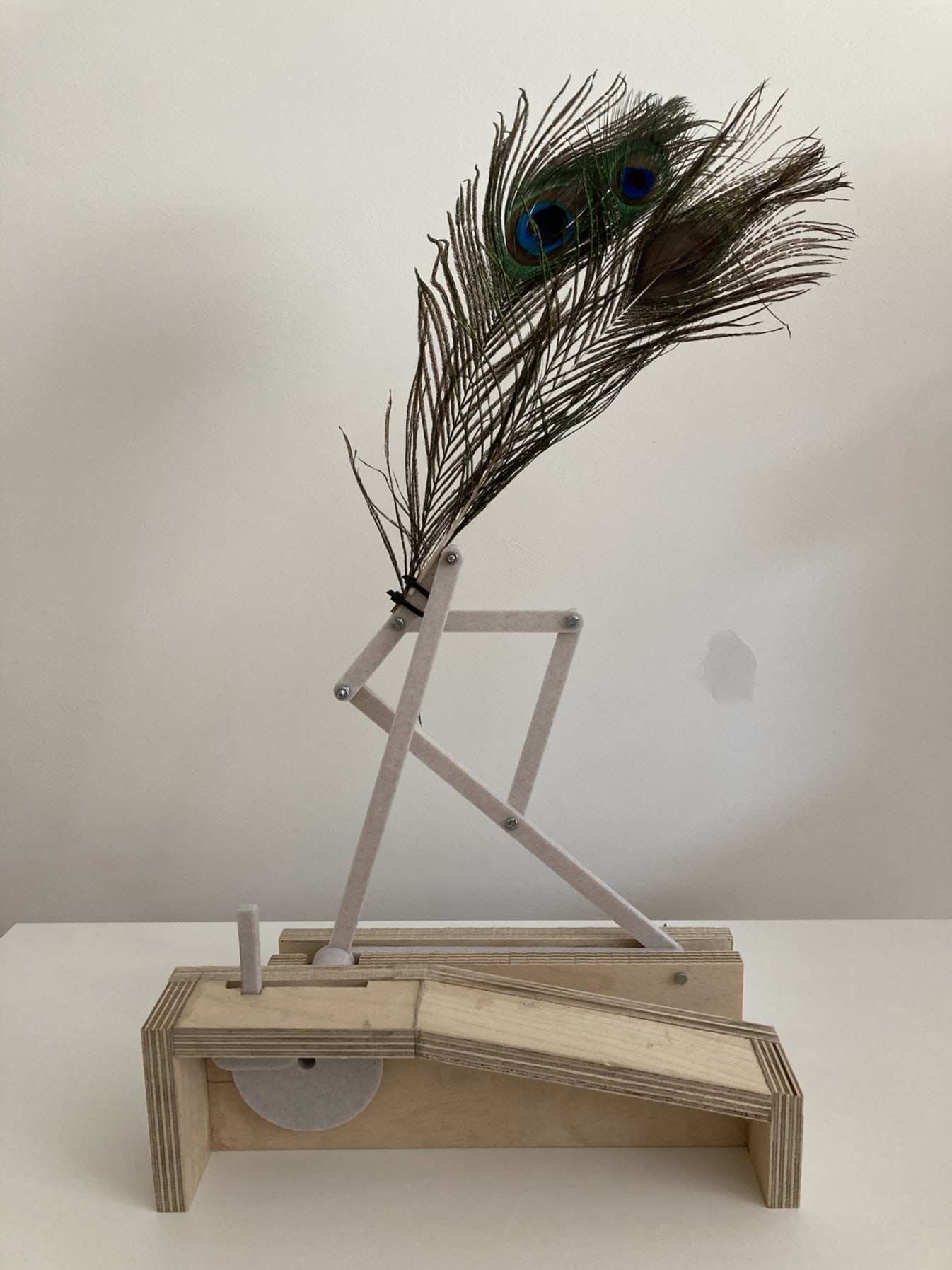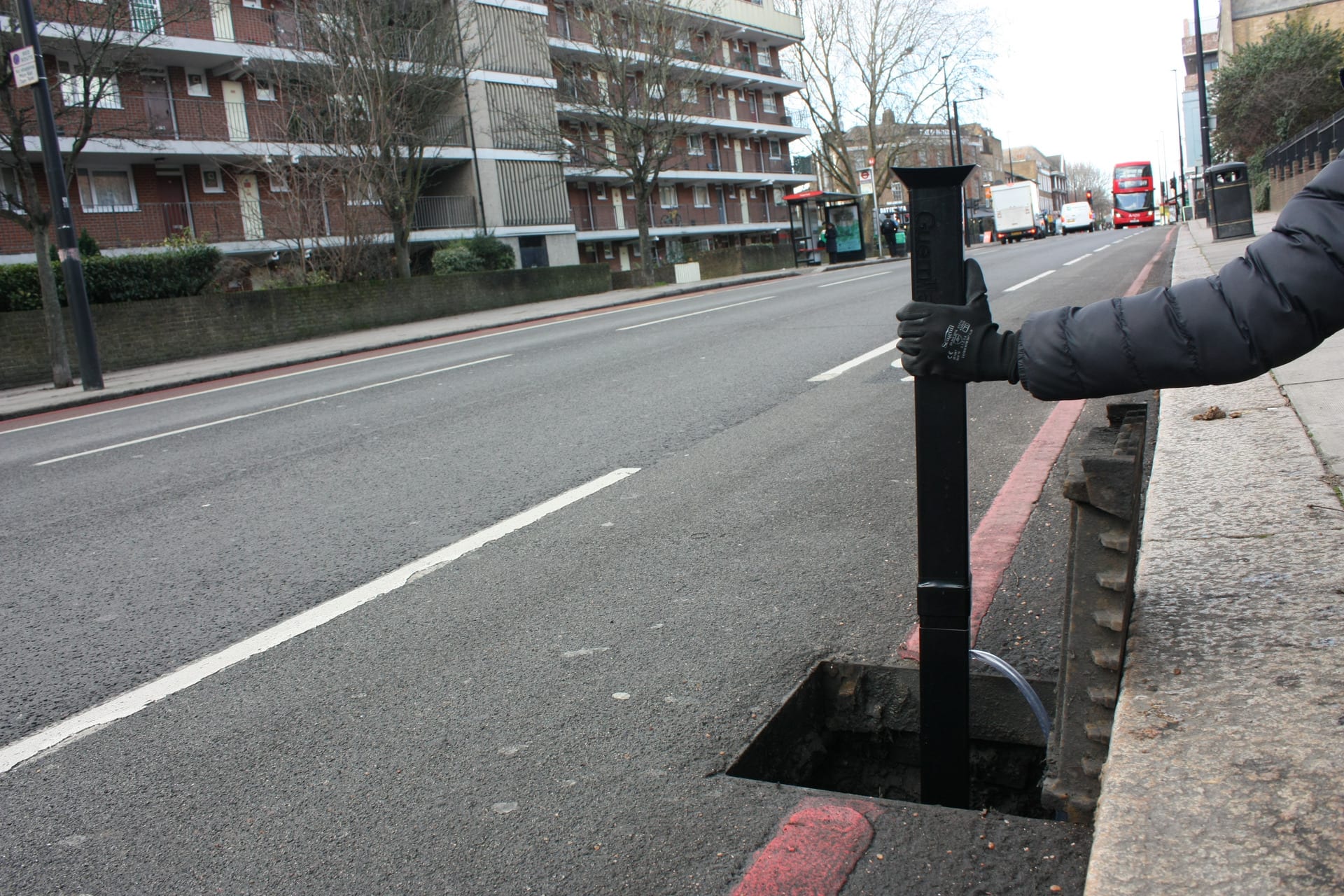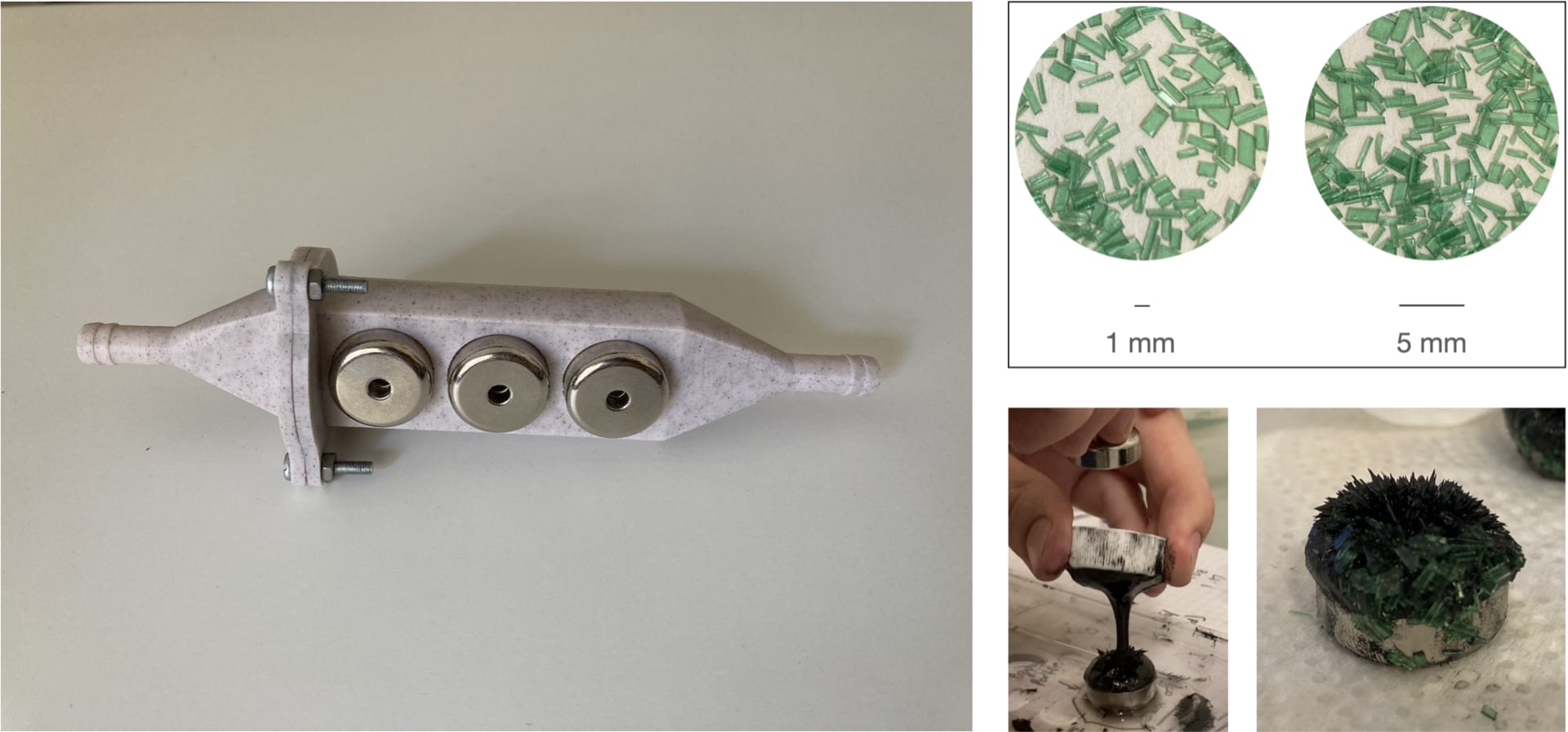Hi!
I'm Henry.
I enjoy creative problem solving with a practical emphasis: from defining the root of a given problem, through concept, iterating on initial experiments, to building working prototypes and test rigs for evaluation.
On beginning the Innovation Design Engineering MSc / MA at Imperial College London and the RCA, I set out to build autonomous devices capable of performing ecological functions which address human-made problems, such as de-polluting our urban habitat.
In practice I apply emerging scientific research to real-world issues, through the use of mechanical design and electronics. This has meant building robots, devices, and tools, as well as designing circular business models and material-service/product-service systems.
For my final project at Imperial and the RCA, I have explored the therapeutic benefits of music and how they apply to training working memory for people with macular degeneration (the leading cause of irreversible blindness).



